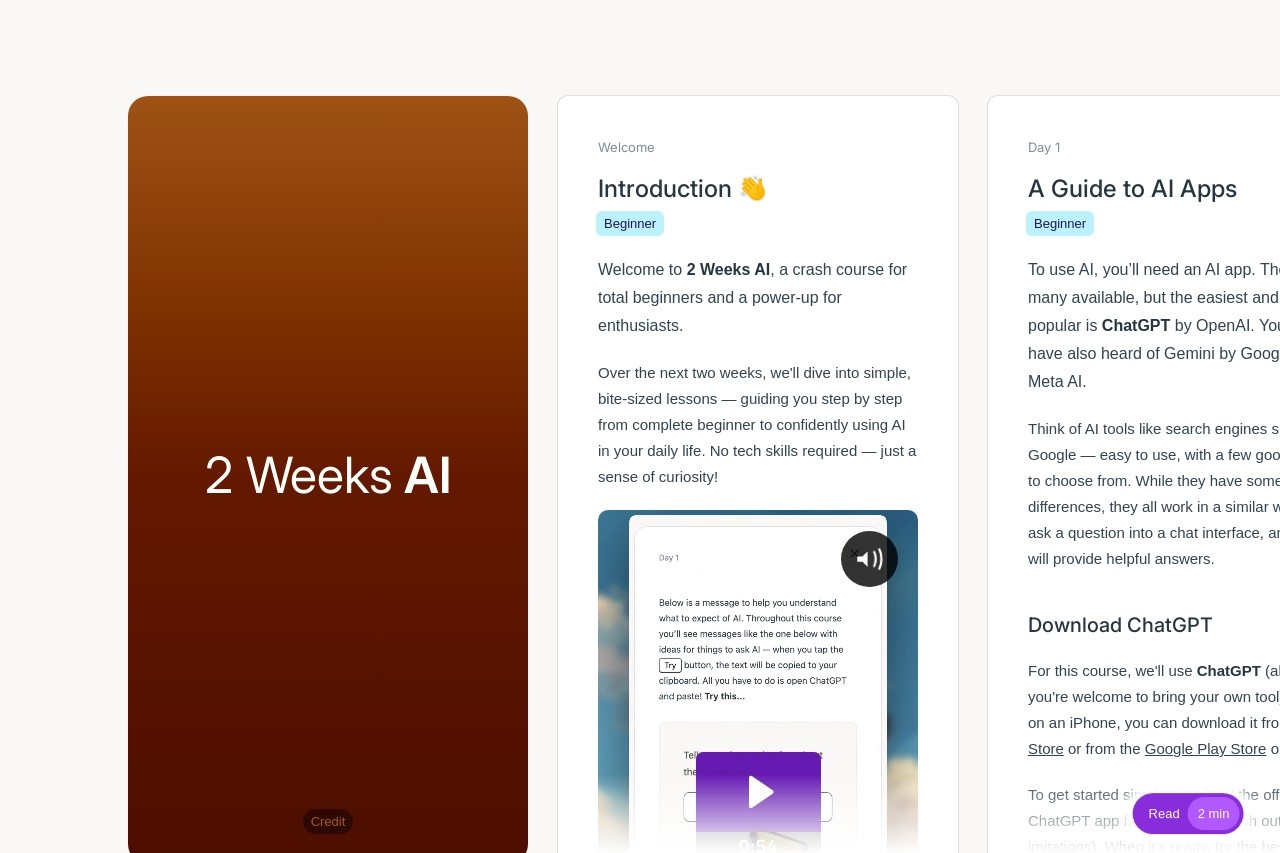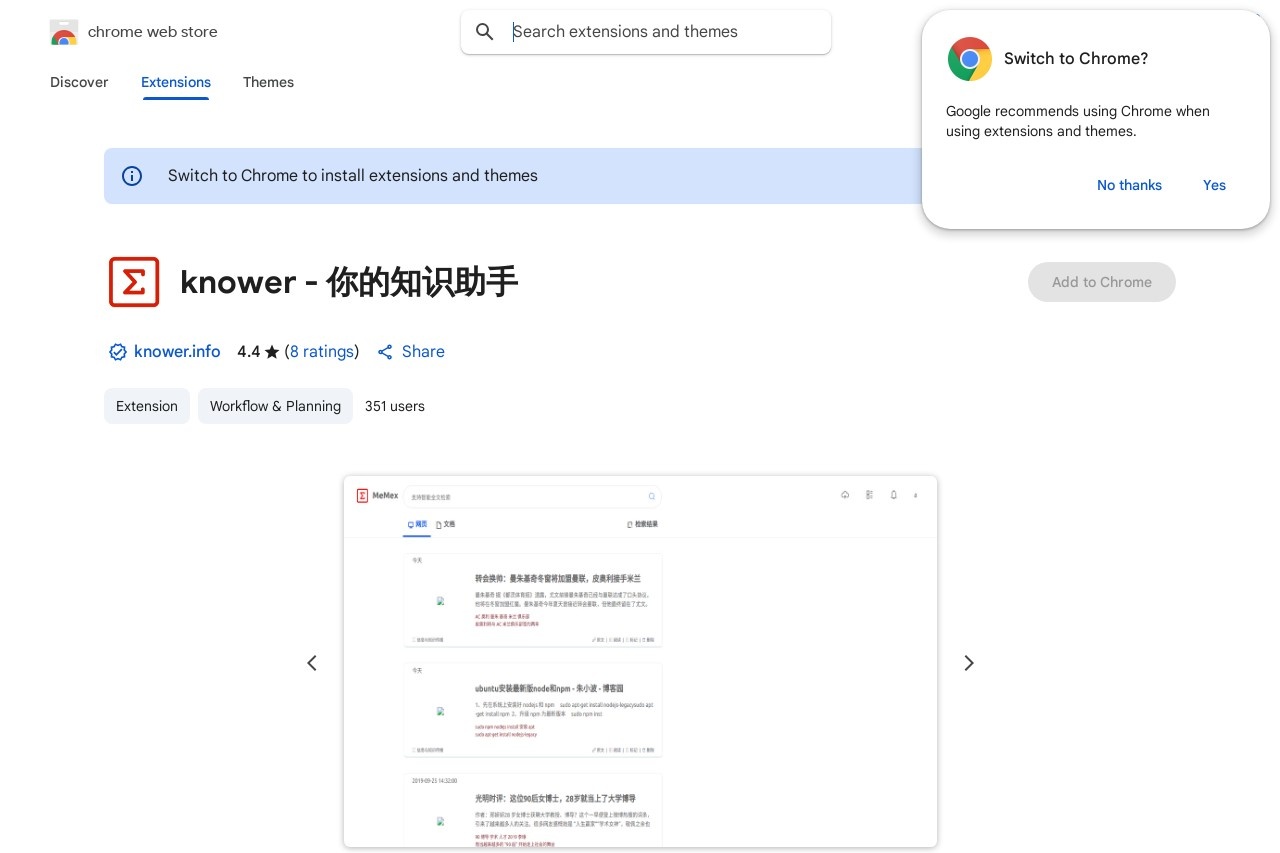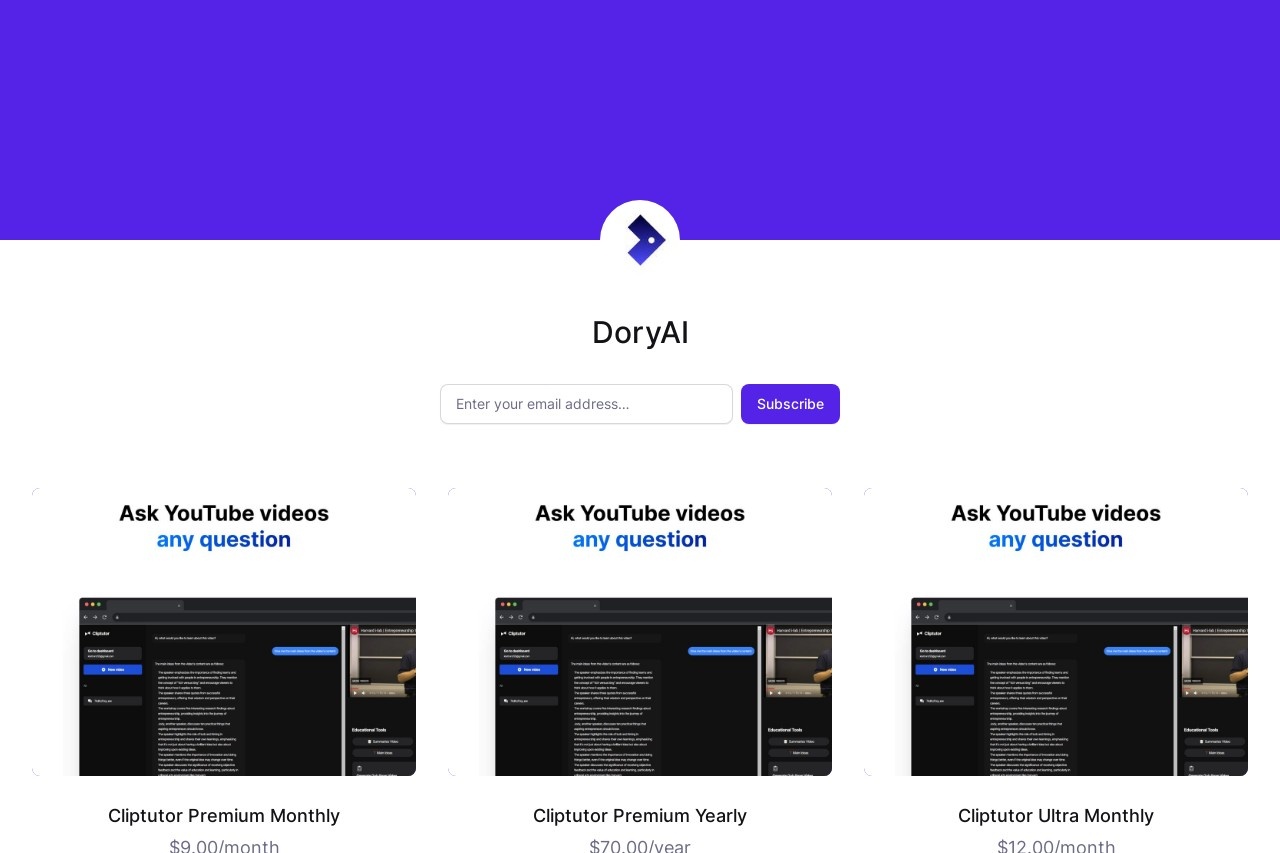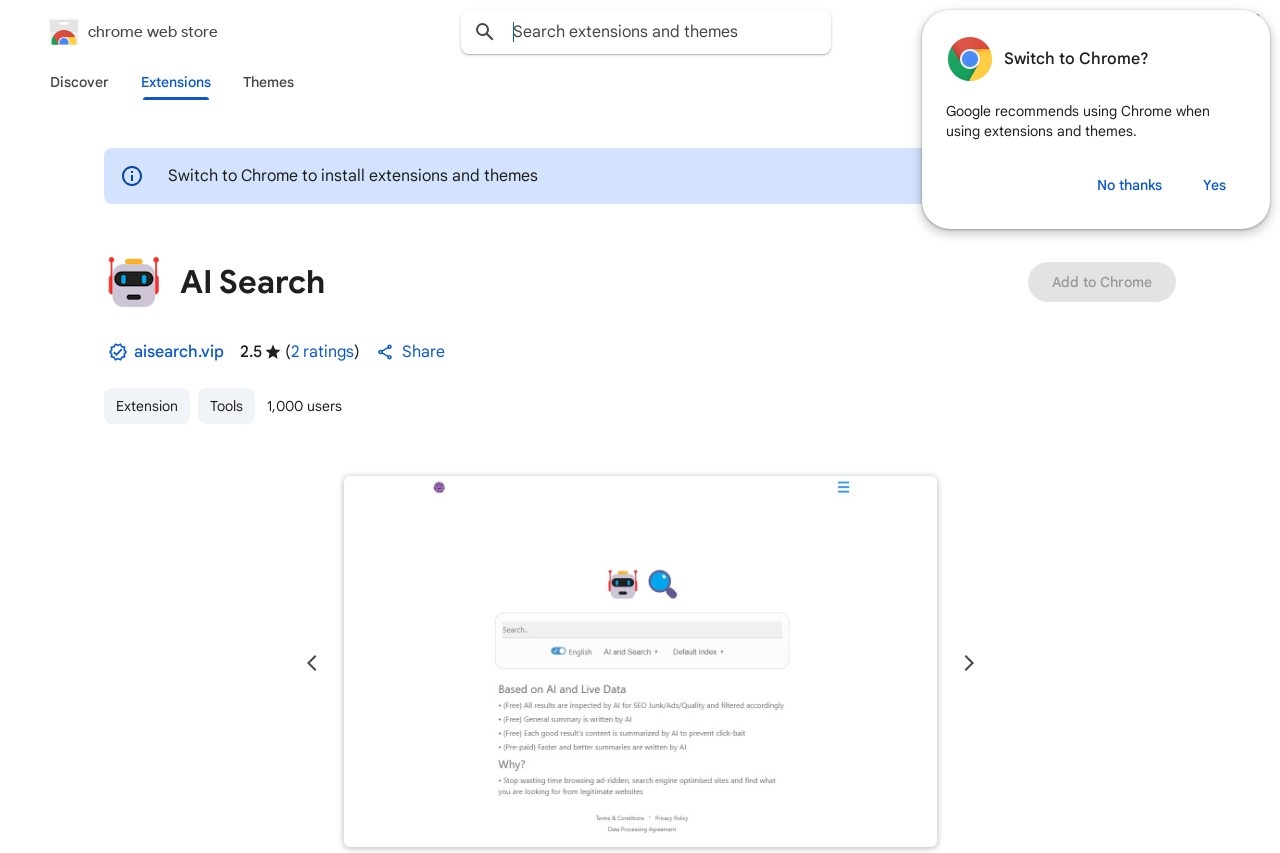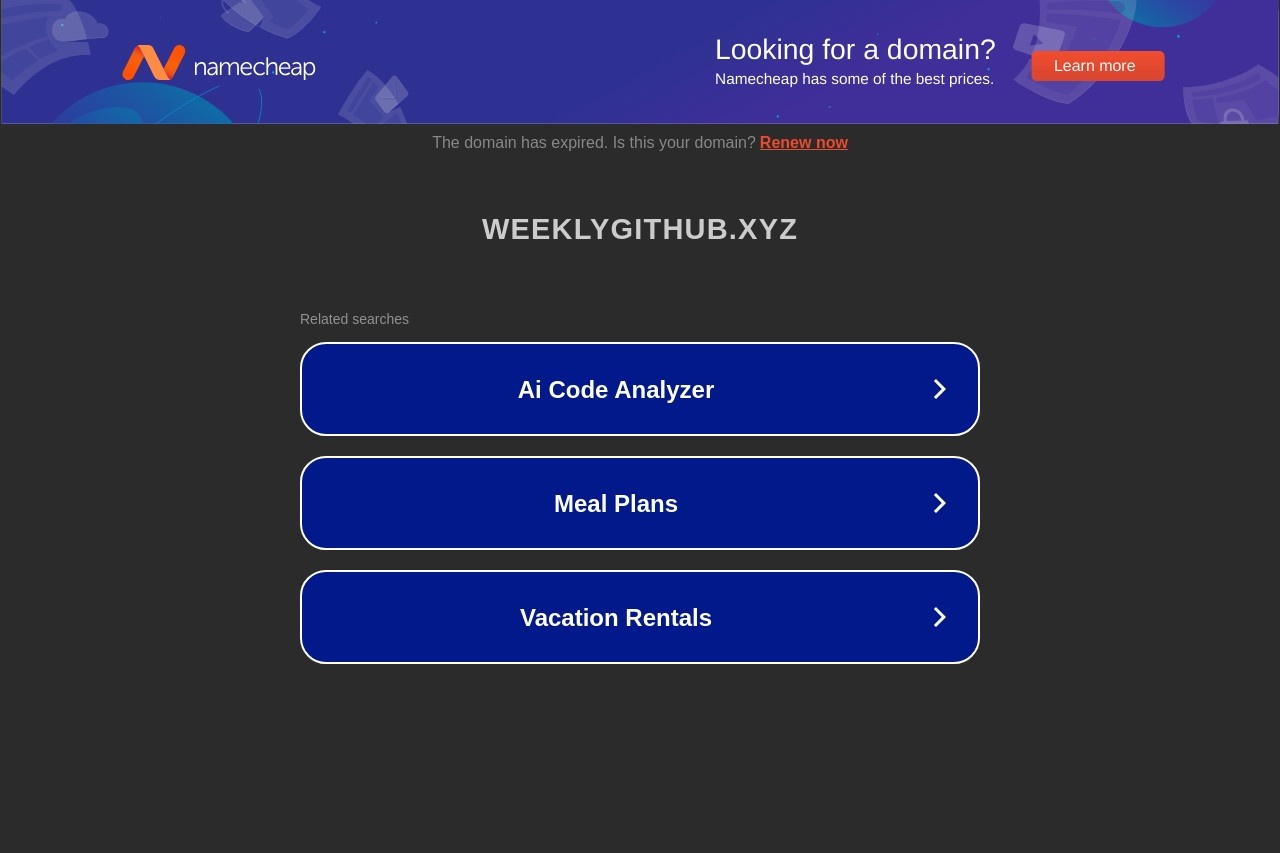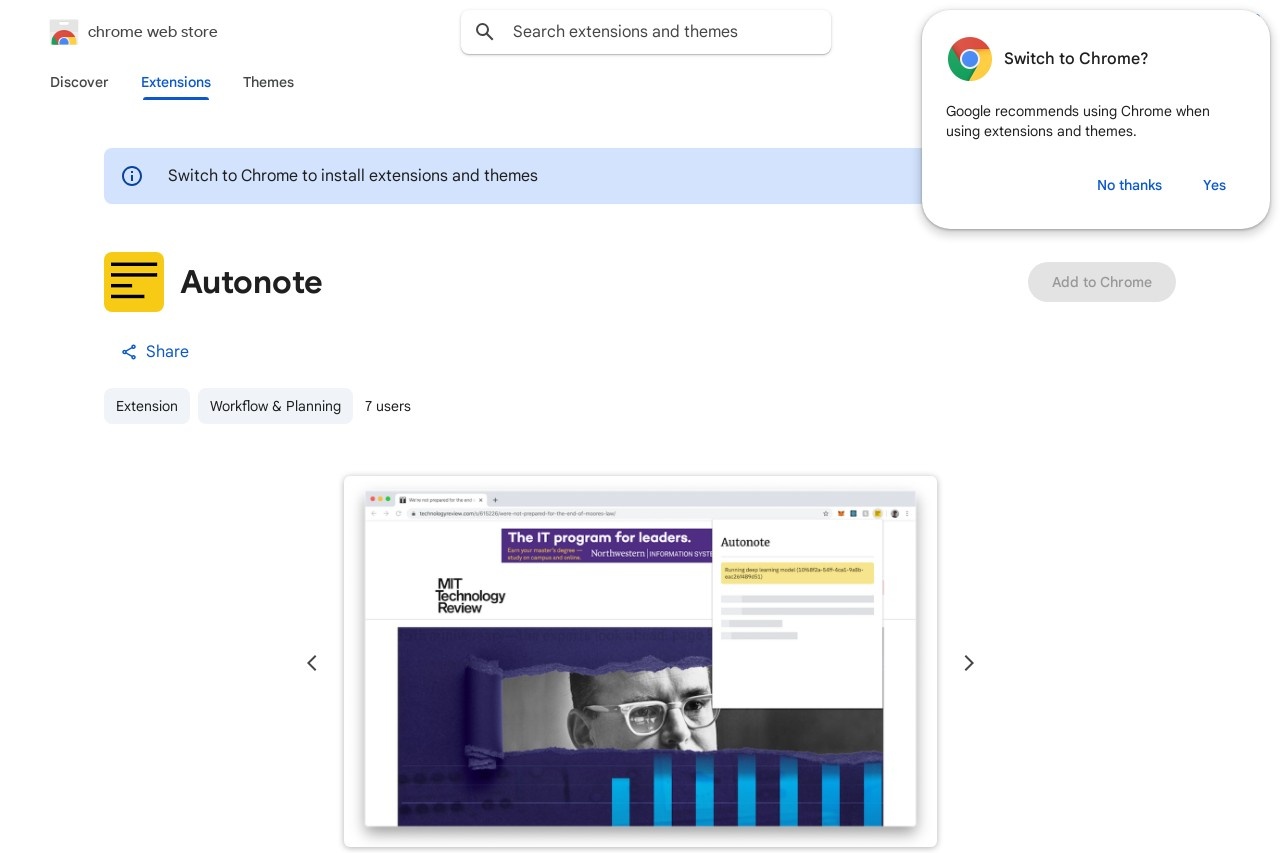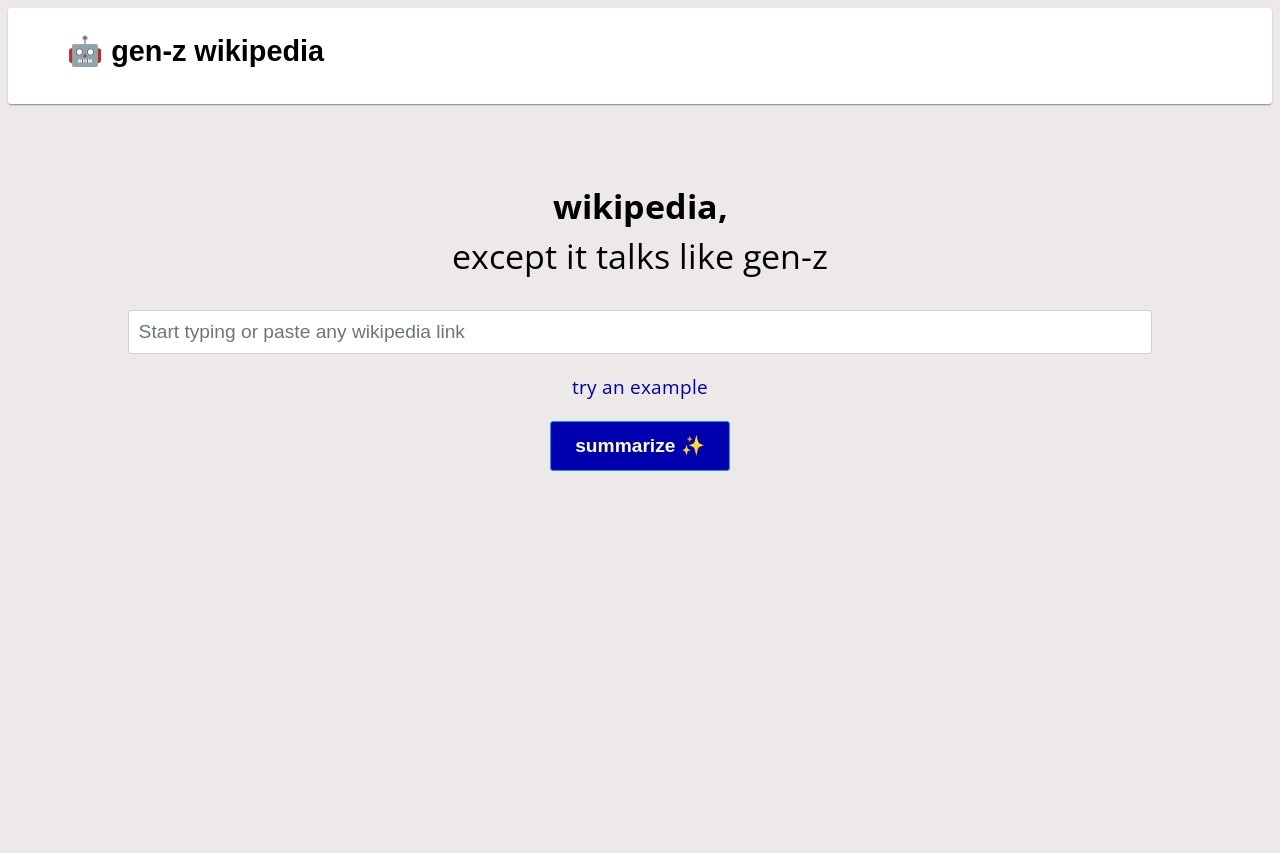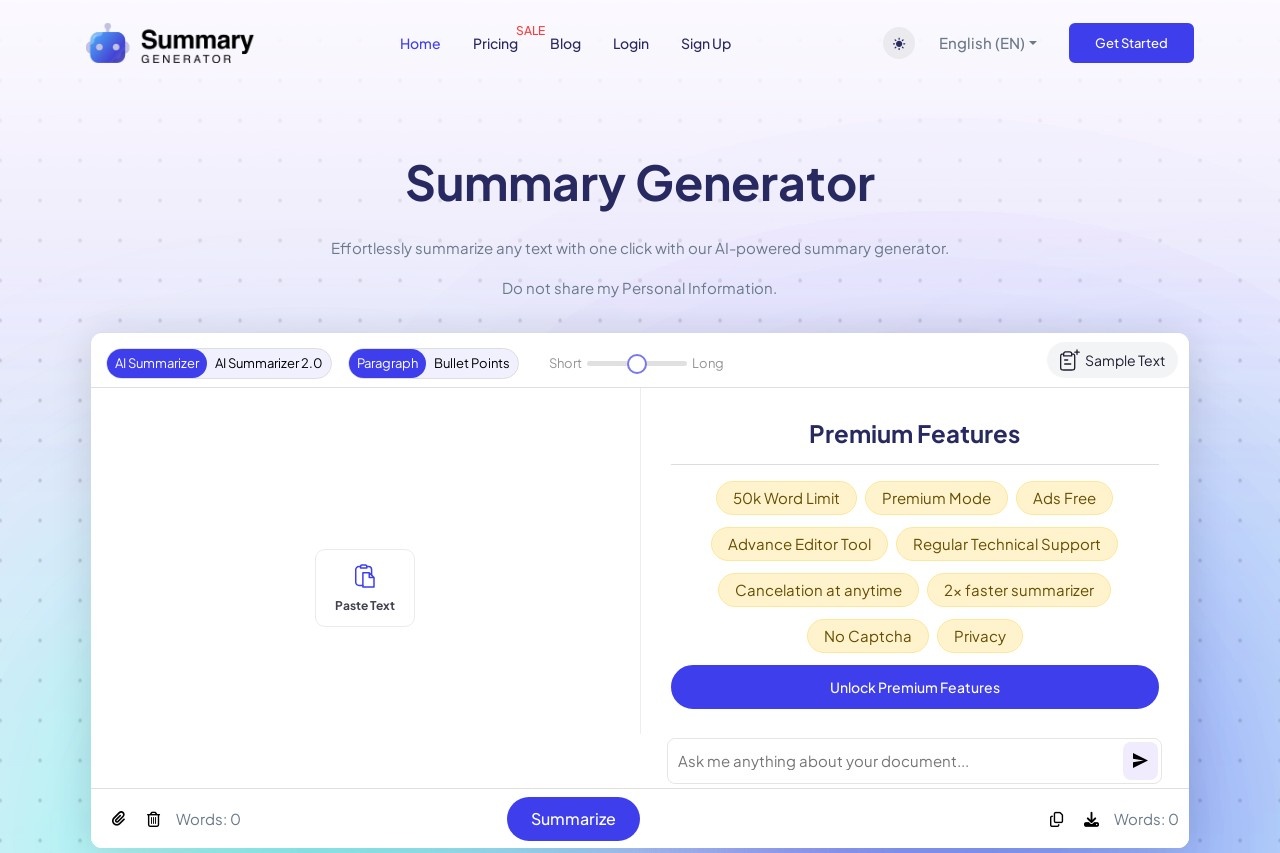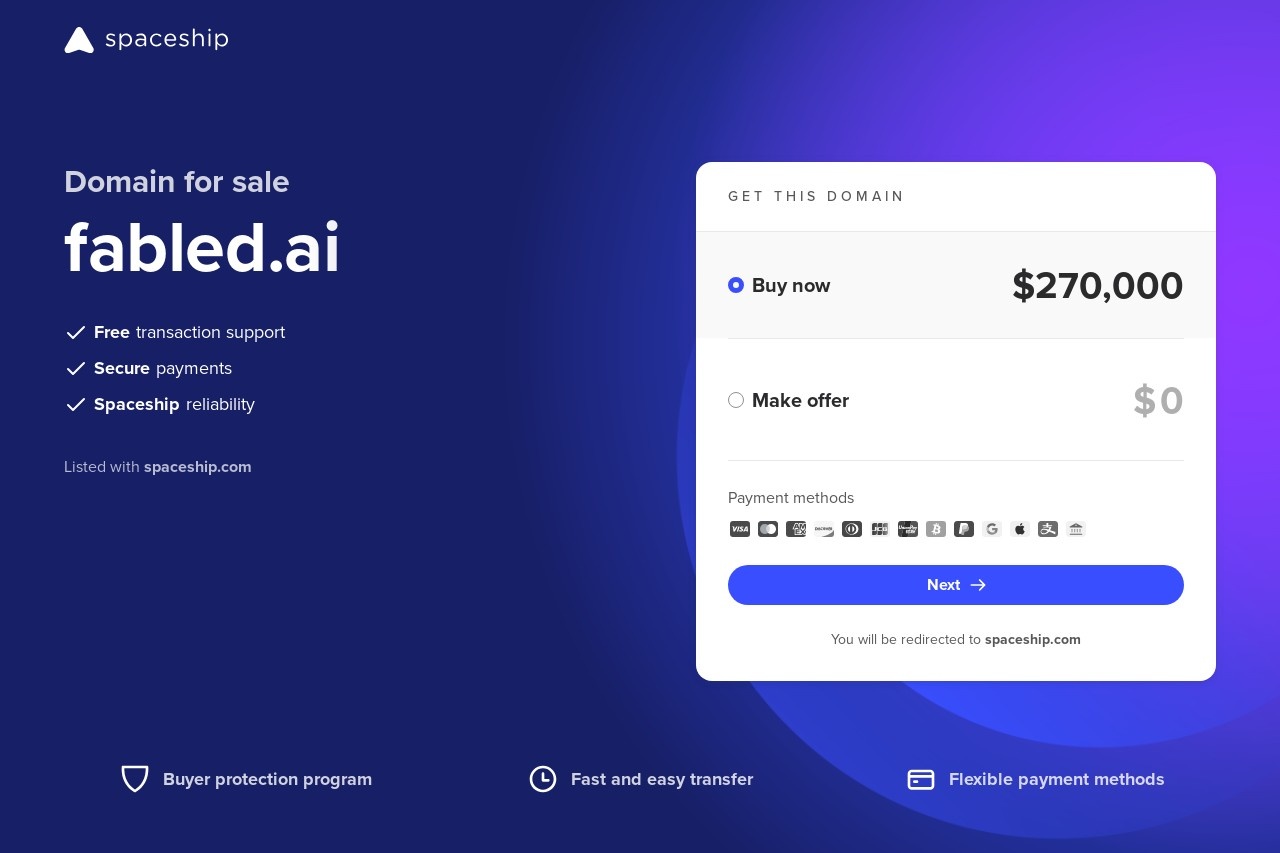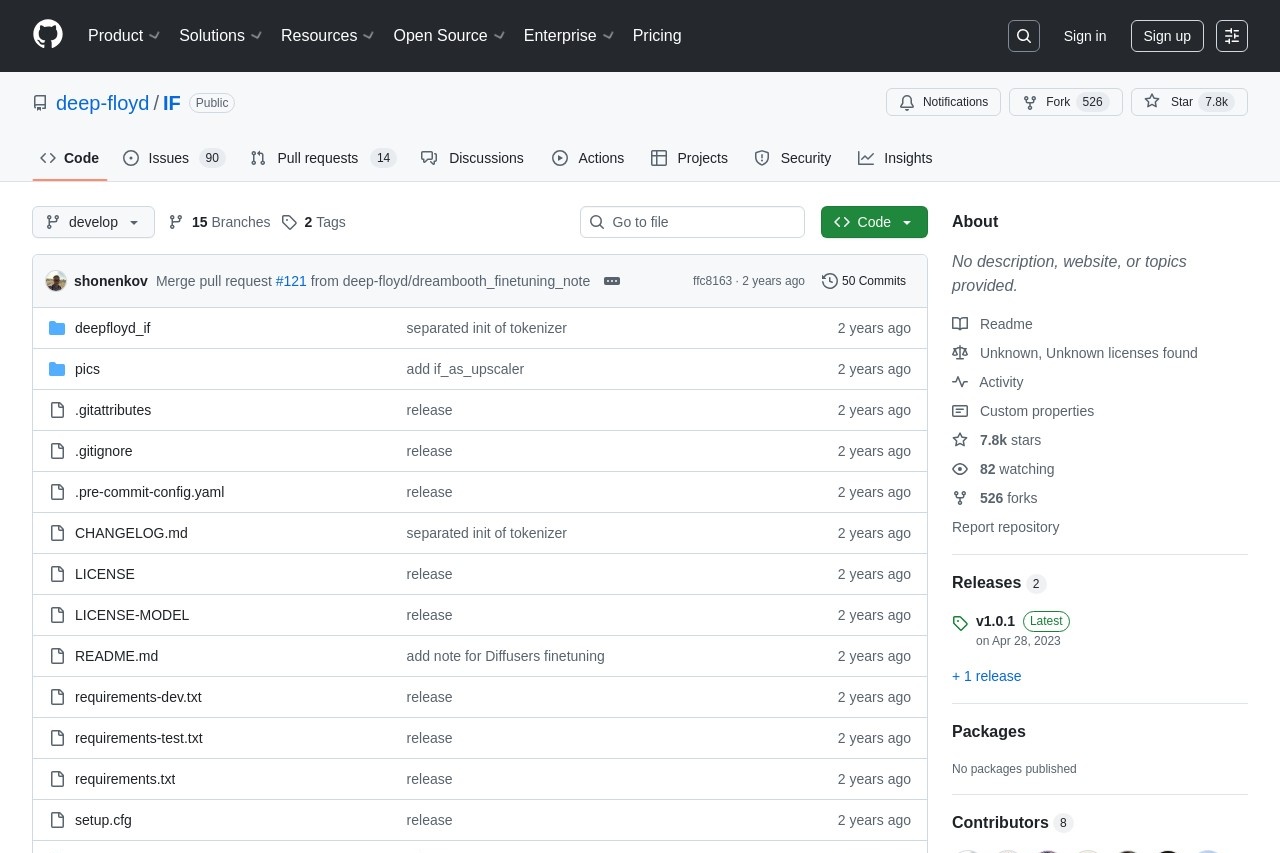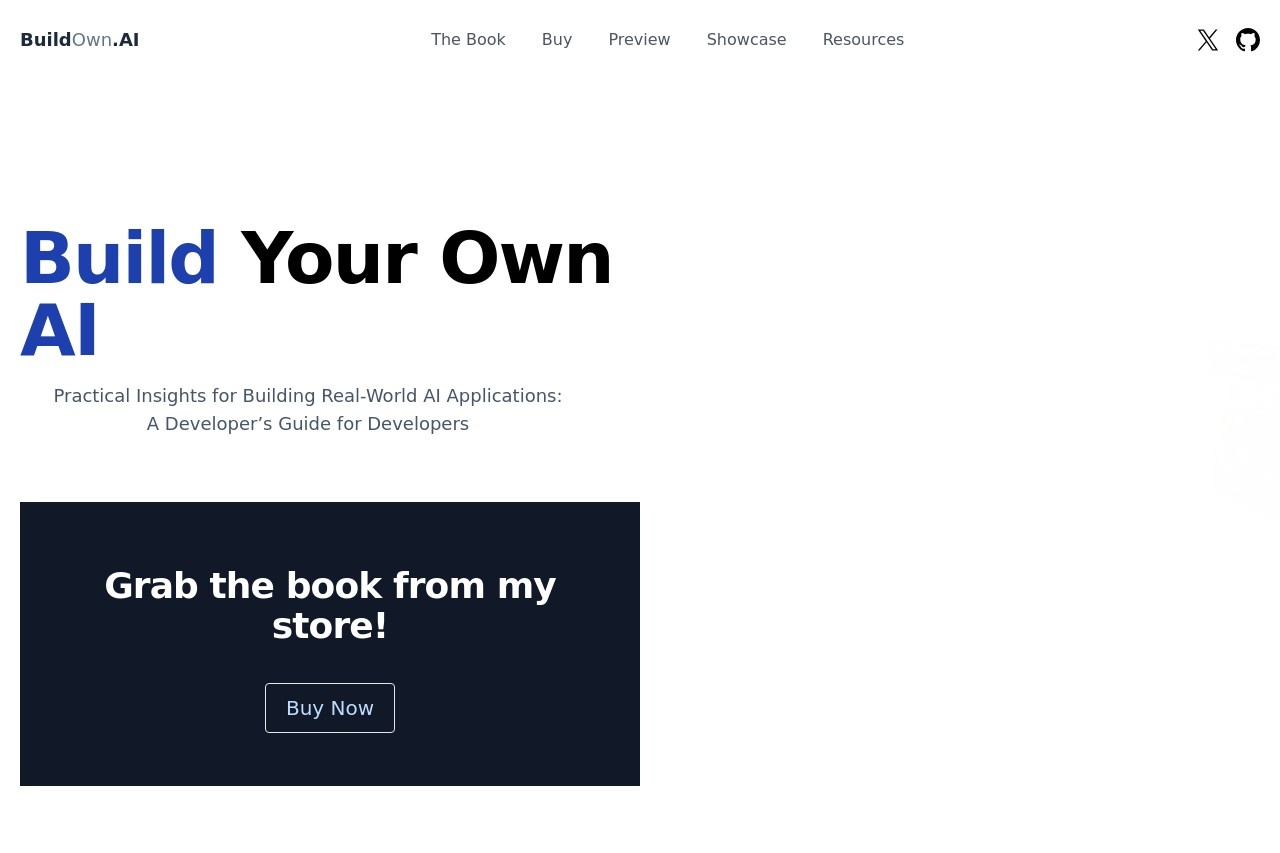
A guide for developers to create real-world AI applications.
Build Your Own AI
Build Your Own AI
Artificial Intelligence (AI) is transforming industries, from healthcare to finance. For developers, building real-world AI applications is now more accessible than ever. This guide outlines key steps to create your own AI solution.
1. Define Your Goal
Start by identifying a specific problem your AI will solve. Narrow goals lead to better results. Examples include:
- Image recognition for product categorization
- Text summarization for news articles
- Predictive maintenance for industrial equipment
2. Choose the Right Tools
Select frameworks and libraries based on your project needs:
- TensorFlow/PyTorch: For deep learning models
- Scikit-learn: For traditional machine learning
- Hugging Face: For NLP tasks
- OpenCV: For computer vision
3. Data Preparation
High-quality data is critical. Follow these steps:
- Collect relevant datasets
- Clean and preprocess data (handle missing values, normalize)
- Split data into training/validation/test sets
4. Model Development
Begin with simple models before advancing:
- Start with baseline algorithms (linear regression, decision trees)
- Experiment with neural networks if needed
- Use transfer learning for complex tasks
5. Deployment
Make your AI accessible to users:
- Package models as APIs using Flask/FastAPI
- Deploy to cloud platforms (AWS, GCP, Azure)
- Optimize for edge devices if required
6. Continuous Improvement
AI systems need regular updates:
- Monitor performance metrics
- Retrain models with new data
- Address bias and ethical concerns
Building AI applications requires patience and iteration. Start small, validate frequently, and scale gradually. With the right approach, you can create impactful AI solutions.



